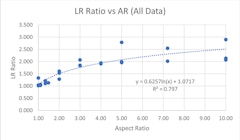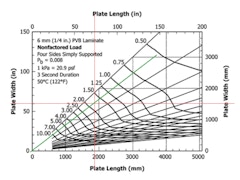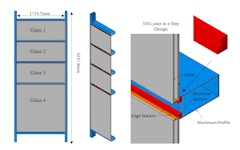
Fixed Edge Supports
Model building codes and standards in the United States use a probabilistic model to define glass load resistance (LR). In general, these model

Model building codes and standards in the United States use a probabilistic model to define glass load resistance (LR). In general, these model

Currently, most spandrel glass in commercial curtain walls comprises insulating glass fabricated using an interior heat strengthened glass lite that

As architects and designers we understand the urgency of addressing the building sector’s role in the ongoing environmental crisis. Architecture2030

The traditional building facade as a permanent construction does not actively respond to the differing needs from varying weather conditions.

The real estate market continues to demand “all glass” buildings often to the detriment of human comfort and thermal performance. For an office

Kinetic or responsive facades have been developed to improve buildings' daylighting conditions while mitigating energy consumption. Still, these

With the advent of more sophisticated analysis methods and the desire to optimize geometries of structural silicone joints in high performance


Architects today must explore alternative enclosure materials to meet evolving energy codes and embodied carbon regulations. Terra cotta has been

The recently completed Capital One Hall performing arts center located in the Washington DC metro area is defined by a pleated exterior of glass and


This article explores the need for measurement and verification of building envelope and mechanical systems.



Thermal discomfort can occur in perimeter zones due to radiant heat loss from the occupant to a poorly insulated exterior wall. It is valuable for

Ever-increasing performance requirements in the latest version of the energy codes are compelling project teams to consider the thermal performance of the building envelope more rigorously than ever before.



Thermal bridging through building facades have been overlooked or over-simplified by designers and building energy codes and standards in the past, which has led to higher space heating and cooling loads, occupant discomfort, and higher risk of condensation.
